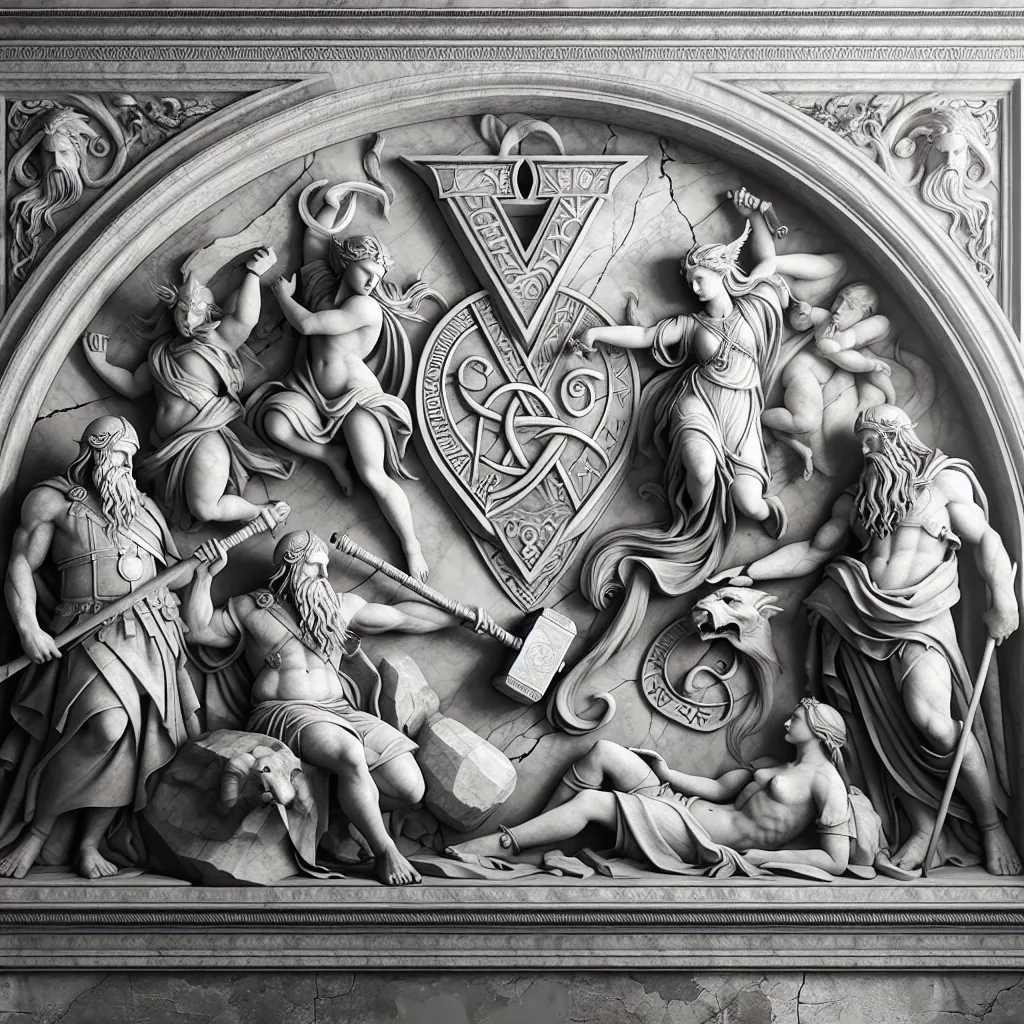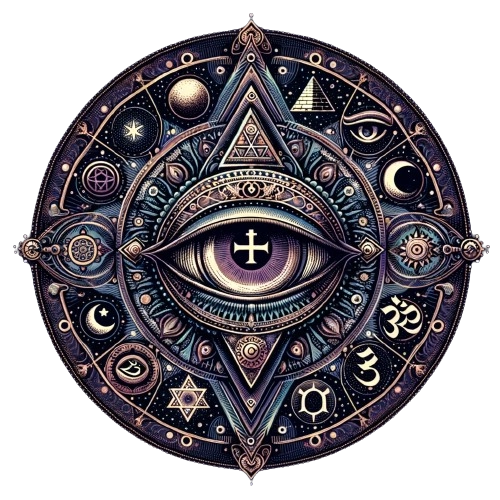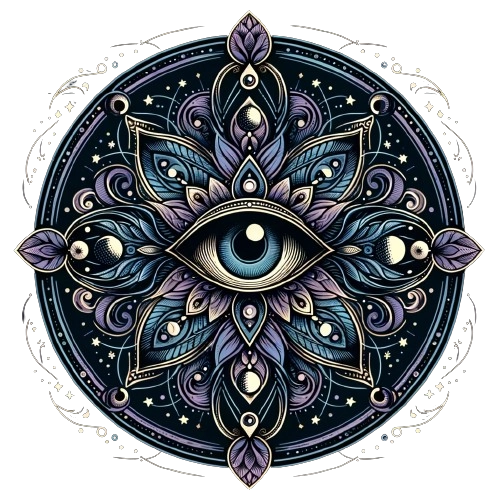
- Published on
- Authors

- Name
- You
Norse Symbols and Their Meanings: Runes, Mjolnir, and Beyond
Norse mythology is a rich tapestry woven with symbols that offer profound insights into the spiritual and cultural life of the Norse people. These symbols serve as a bridge connecting the mundane with the divine. This article will delve into some of the most significant symbols, exploring their meanings and their roles in past and modern practices.
The Runes: Mystical Inscription
The Runes are a set of characters used in the early Germanic languages before the adoption of the Latin alphabet. More than mere letters, the Runes were believed to possess powerful magical properties.
The Elder Futhark
The Elder Futhark, the oldest form of runic alphabet, is composed of 24 runes, each with its own unique meaning and significance.
| Rune | Symbol | Name | Meaning |
|---|---|---|---|
| ᚠ | Fehu | Wealth | Cattle, prosperity |
| ᚢ | Uruz | Strength | Ox, physical power |
| ᚦ | Thurisaz | Giant | Protection, conflict |
| ᚨ | Ansuz | Ancestral God | Communication, wisdom |
| ᚱ | Raidho | Journey | Travel, movement |
| ... | ... | ... | ... |
Spiritual Uses of Runes
Runes were often inscribed on amulets, weapons, and tools as a means of invoking their magical attributes. They were also cast in divination rituals to gain insight into future events.
Example of Divination with Runes:
- Preparation: Cleanse the area and gather your runes.
- Question: Focus on the question you need answered.
- Casting: Draw a rune or cast them onto a cloth.
- Interpretation: Read the runes based on their positions and meanings.
Mjolnir: Thor's Hammer
Mjolnir, the hammer of Thor, is one of the most recognizable symbols in Norse mythology. It represents protection, blessing, and power.
Symbolism of Mjolnir
- Protection: Worn as talismans, Mjolnir protects the wearer from harm.
- Blessing: Used in rituals to consecrate items and bless marriages.
- Power: Symbolizes Thor's might in defending Asgard and Midgard.
Modern Use
Today, Mjolnir pendants are worn by those who identify with Norse heritage and spirituality. These pendants serve as a connection to their ancestors and as a symbol of strength and resilience.
Valknut: The Knot of the Slain
The Valknut, often found on grave markers and memorial stones, symbolizes the afterlife and Odin's ability to bind and unbind.
Interpretations
- Death and Transition: Represents the journey from life to death.
- Odin's Protection: Indicates the deceased was under Odin's care.
Cultural Significance
The use of these symbols extends beyond spiritual practice into art, literature, and daily life, informing the cultural identity of the Norse people.
In Literature and Art
Symbols like Runes and Mjolnir appear frequently in sagas and carvings, depicting stories of gods and heroes.
Daily Life Uses
From inscribed tools to protective amulets, these symbols provided tangible connections to the divine in everyday activities.
Conclusion
The symbols of Norse mythology—runes, Mjolnir, Valknut, and more—carry deep meanings that reflect the Norse people's spiritual values and cultural practices. By understanding these symbols, we gain not only a glimpse into their worldview but also a greater appreciation for the richness of their traditions.
By blending advanced scientific understanding and mystical wisdom, we can appreciate these symbols not merely as historical artifacts but as living expressions of a vibrant belief system that continues to inspire and protect to this day.
